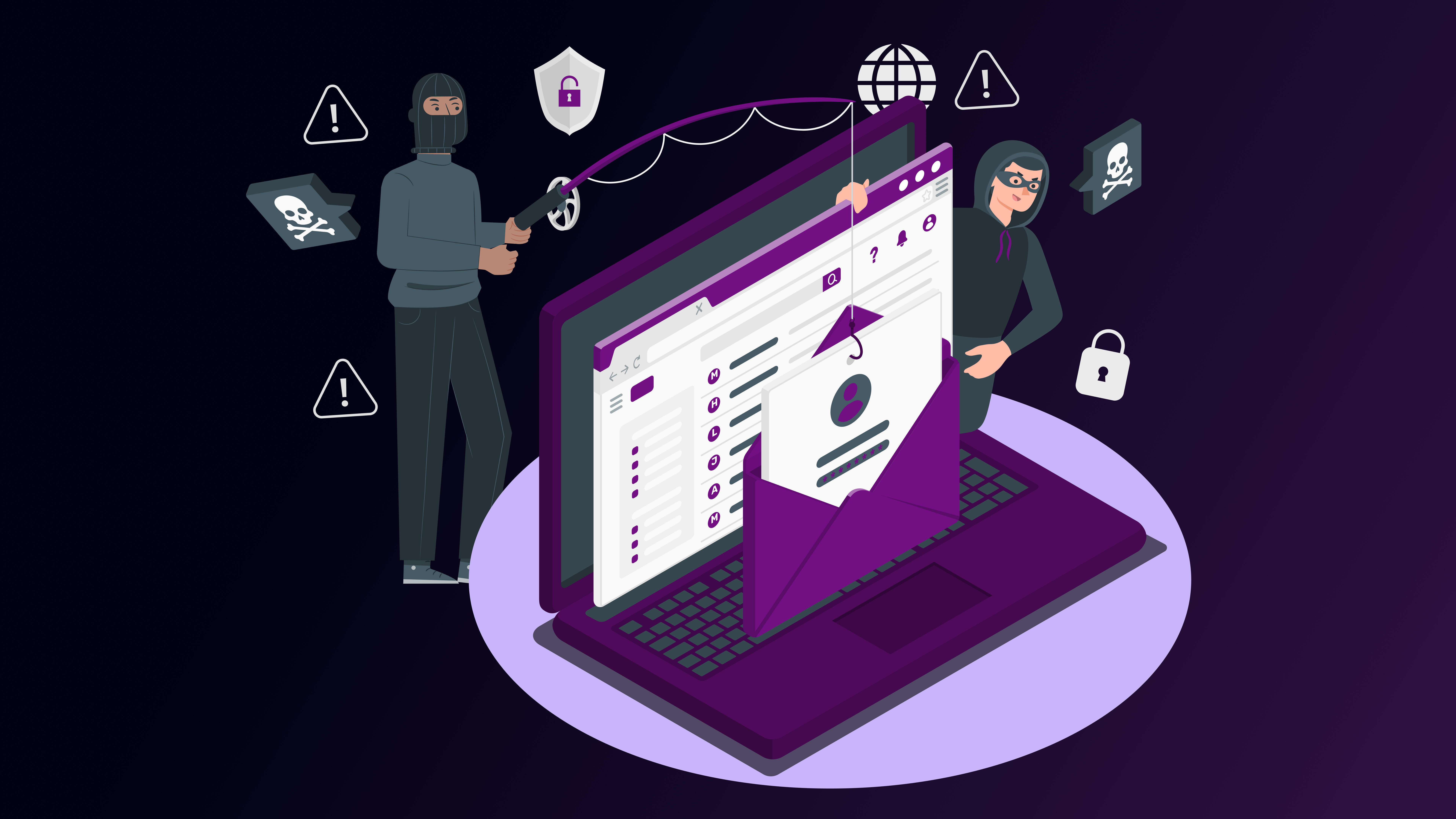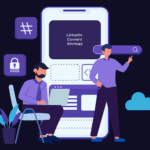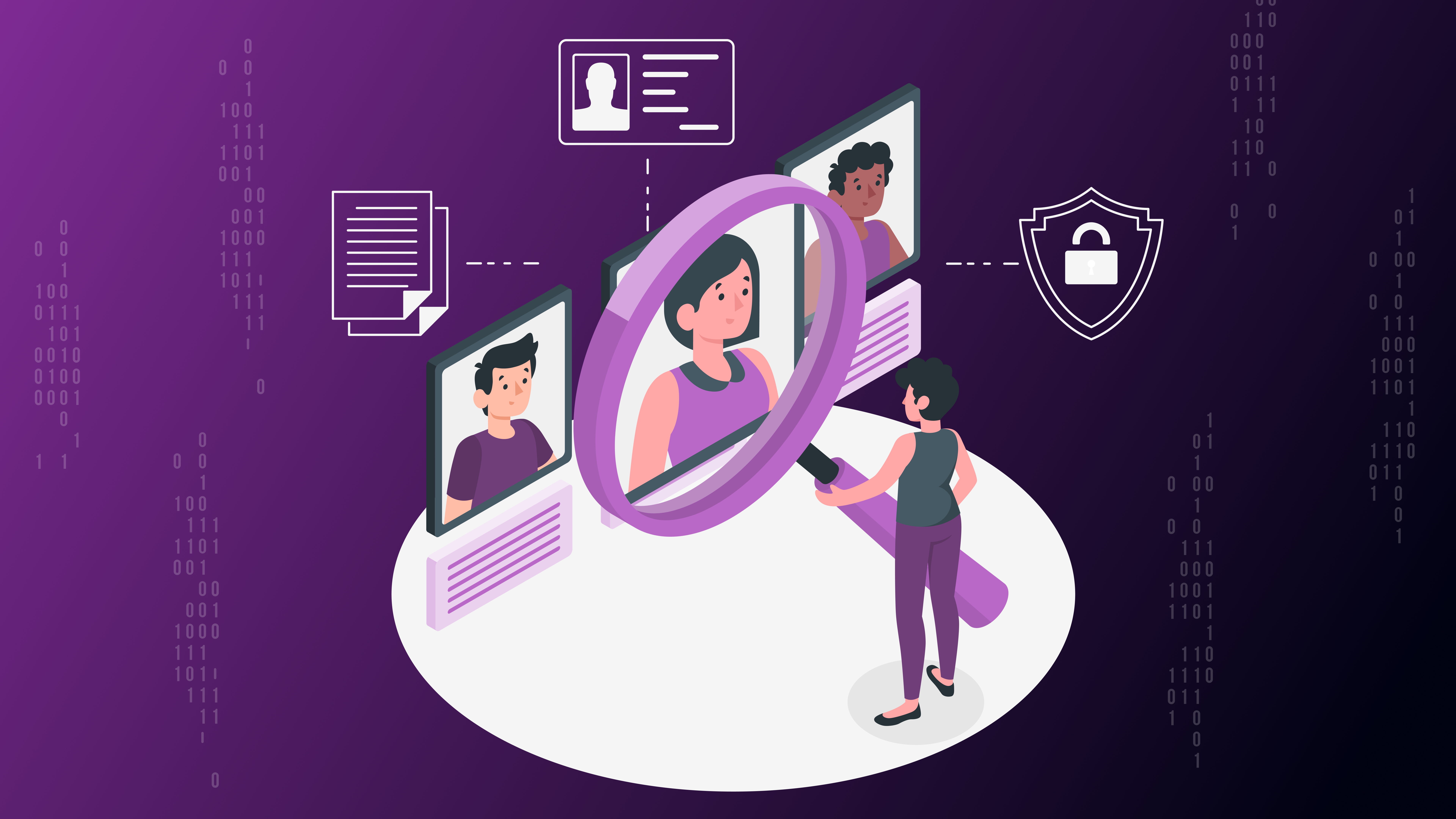What sounded like science fiction half a decade ago is now the baseline. AI no longer just plays chess and predicts protein structures.
It clones voices, rewrites malware, fakes emails, and more. And security teams are finding themselves in a constant contest where AI works for both sides: the attackers and the defenders.
Managed Security Service Providers (MSSPs) and cybersecurity vendors should not ignore the conversation about AI in cybersecurity marketing strategies.
The market for AI-driven security grows rapidly; it is projected to cross $200 billion by 2034, per this report. This is more than hype. It signals that buyers now expect cyberdefenses that keep pace with cyberthreats shaped by AI.
Businesses want real proof that AI-powered solutions reduce losses, keep operations moving efficiently 24/7, and protect your brand when the worst happens. If your cybersecurity marketing does not address these questions:
- How AI-driven cyberattacks work and why they are harder to spot?
- How AI-driven cyberdefenses detect and respond in real time?
- Where your security solution fits and what that means for the business?
Then it is not answering the questions that your next client is actually asking.
The stakes have shifted. Vendors need to make the AI conversation a clear part of their cybersecurity marketing strategy for better visibility and conversions.
In this article, we explain why cybersecurity marketing strategies must match the buyer’s frame of reference regarding the role of AI in evolving cyberthreats.
Why AI In Cybersecurity Must Be Addressed Head-On
Most cybersecurity marketing strategies still pitch as if today’s threats look the same as they did five years ago. But AI is a force multiplier; it automates, adapts, and personalizes attacks at a scale and speed that previous methods never could.
Businesses know this. If you’re still talking about signature-based detection or standard compliance checklists when AI can generate custom malware or spoof websites on the fly, your cybersecurity marketing strategy sounds out of touch.
The tangible business risks of cyberattacks leveraging AI are immediate:
Financial losses and disruptions: Global damage from cyberattacks is expected to hit $10.5 trillion a year in 2025. Average breach cost? Nearly $5 million. For many, one breach means weeks of halted operations and lost productivity.
Reputational damage: Data breaches turn into lost customers. Most people say they’d stop buying from a company that suffered a breach. Bigger incidents make headlines and erode trust quickly.
Regulatory and legal risk: Laws change fast. Today, failure to comply with GDPR, CCPA, or HIPAA can mean fines that run into the millions. Directors and CISOs now risk personal liability, even criminal charges, if they fall short.
Therefore, cybersecurity marketing must make three things clear:
- You see the new threats for what they are, driven by AI, not just human hackers.
- Your solutions match the pace of change, not last year’s playbook.
- You translate technical features into business outcomes: resilience, continuity, and risk reduction.
If you don’t, your competitors will. Buyers are already looking for vendors who know what’s at stake and have a credible solution that safeguards their balance sheet, where AI changes the risk every quarter.

User Preference for AI-Augmented Cybersecurity Tools and Platforms
AI-driven automation reduces the time it takes to detect a breach by up to 90%, according to a 2024 Gartner report.
Nearly four out of five companies worldwide use AI for at least one business function. More than half use AI in cybersecurity and fraud prevention.
Another study in 2025 from Deloitte showed that organizations using AI can cut security operations costs by as much as 25%.
Larger enterprises lead the way in investment. Companies in finance, manufacturing, and healthcare are pushing more money into generative AI and cybersecurity than almost any other technology.
Small and medium businesses are also catching up—one in four now rely on AI to boost their security, and most say AI requires them to rethink their controls and processes.
Yet, only about a third of companies have managed to integrate AI across their entire security operation. Industry experts speculate that moving from scattered experiments to unified, enterprise-wide AI security is going to be the next big thing in cybersecurity.
This provides the perfect conditions for established players as well as startups in the space to speak about AI in cybersecurity as part of their cybersecurity marketing efforts.
The Persistent Talent Gap in Cybersecurity
There’s a hard truth behind every headline about ransomware, data breaches, or cloud hacks: there are not enough people to defend against these cyberattacks. The talent crunch has been the norm, not the exception, for quite some time.
Cybersecurity jobs are multiplying faster than almost any other field. By 2025, the U.S. alone will have more than 450,000 unfilled cybersecurity roles.
The gap stands near 4.8 million globally. Every new tool or attack method widens the gap a little more.
AI isn’t just a threat; it’s also a partial answer to the shortage. For MSSPs, this is an opportunity as much as a challenge.
- If your cybersecurity marketing does not address the talent gap, you miss what keeps most companies awake at night.
- MSSPs can position themselves as an extension of in-house teams, bringing in expertise and automation.
- You offer a solution that bridges the gap, allowing clients to cover more ground without multiplying their headcount.
For many, this is more cost-effective than direct hiring or trying to build a large internal team.
AI the Ally: Promoting AI-driven Capabilities in Your Cybersecurity Marketing
Cybercriminals are not waiting for anyone to catch up. They use AI to find new ways in, move faster, and adapt quicker than manual defenses allow. For defenders as well, adopting AI has had immense benefits.
AI is the only technology that can process the volume and complexity of modern attacks. It helps automate the messy parts of incident response, vulnerability management, and fraud detection.
For MSSPs and vendors, their cybersecurity marketing message should be simple:
- AI is being used by bad actors to leapfrog cyberdefenses in alarming ways.
- Show that your AI-augmented tools do the heavy lifting on threat detection, response, and patching.
- Emphasize what your solution ultimately achieves and how.
Businesses are shifting to AI-augmented cybersecurity tools because the benefits are clear and immediate. But there’s a gap in communicating it to audiences and answering definitively how AI-driven cybersecurity makes their lives easier.
Communicating AI’s Role in Cybersecurity Beyond Technicalities
Business owners want to know the value proposition of your cybersecurity solution in simple terms that make it easy for them to make the right call. What matters is clarity: how AI changes the risk, what it means for their company, and why it justifies the investment.
Explain in plain English what you’re offering actually does for the business. Focus on outcomes, not features. Executives want to see real results:
- Fewer breaches and incidents
- Faster response and recovery after an attack
- Less downtime or disruption to business operations
- Lower compliance risk and fewer audit issues
- Stronger protection for the company’s brand and reputation
When you talk about AI-powered solutions in cybersecurity marketing, tie your claims directly to these business outcomes.
Narratives help people remember, and outcome-oriented messaging does the heavy lifting for complex subjects. This helps decision-makers understand why your solution stands out and reinforces brand recall.
Make the business value of your AI-driven cybersecurity offering obvious.
Don’t Treat AI in Cybersecurity Marketing As An Afterthought
Cybersecurity vendors and MSSPs who lead with AI, prove its value, and communicate the role of AI plainly will win trust.
But trust is not just about performance. It’s about transparency as well. Buyers need to know how your AI-augmented cyberdefenses work, how they handle data, and what risks they manage.
They want proof that you build ethical, explainable security solutions and that people still guide the decisions that matter.
Shadow AI (the informal use of AI within organizations) and ungoverned tools raise new concerns. Without clear policies and oversight, these tools can open the door to compliance failures and security gaps.
Cybersecurity marketing strategies that accommodate and address these pain points position their solutions to be maximally visible online.
The providers who help companies understand AI and its nuances effectively will lead the market and set the standard for what comes next.





